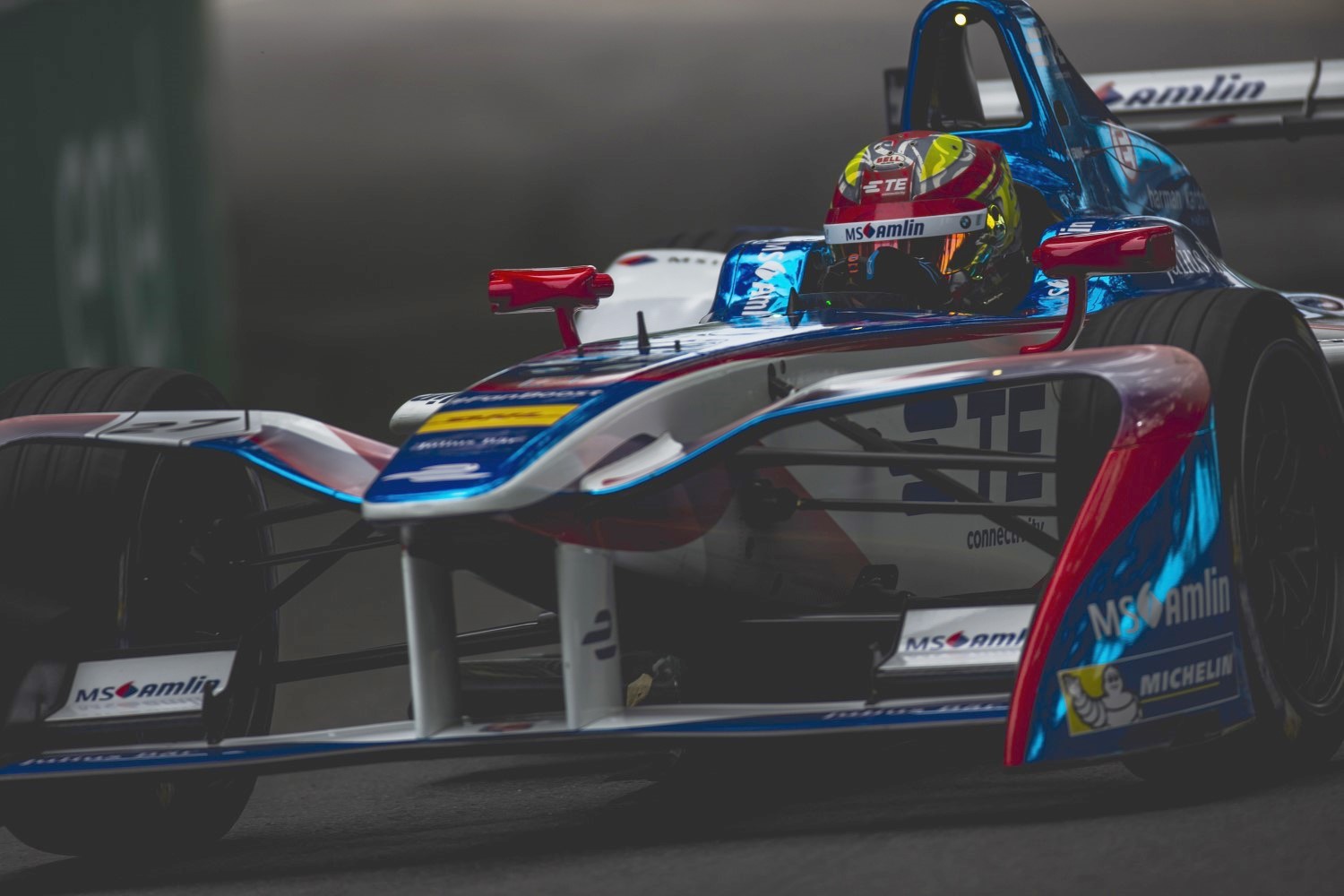Inside Formula E’s push for ever-better electric motors
 |
| Formula E – next year the Andretti team will have BMW on its side |
Now in its third season, Formula E has yet to shake some of its detractors. Sure, the batteries in each car aren't sufficient to complete an entire race distance, but the series is packed with talent, and the racing is pretty good. It's now also getting a lot of interest from OEMs and electric vehicle startups. Even though the budgets are a fraction of those in Formula 1 or the World Endurance Championship, the series is still able to provide a test bed for EV innovation and technology transfer to our future road cars.
BMW is the latest manufacturer to commit to the series, and it will join the grid in 2018 by partnering with the Andretti team. We recently spoke with the team and another one of their technical partners–TE Connectivity–to get a better idea of the kind of engineering demands involved in the sport. TE provides Andretti with connectors, sensors, and cabling, and it even embeds engineers in the team on six-month rotations, something that helps expose the rest of the company to lessons one learns in the high-pressure world of racing.
It has been a fruitful partnership for both sides. Andretti originally only knew of the company for its connectors when the two started working together in 2015, and Andretti's director of motorsport development, Roger Griffiths, told us that the team was surprised by just how much TE did and how the design of its cars could benefit from those capabilities.
"It used to be a situation where you design the race car and then remember at the last minute you need to add something else," Griffiths told Ars. But a Formula E car is a harsh environment for electronics and sensors. There are high voltages and currents (both AC and DC) and high-speed switching in the inverter, so the potential for noise is considerable. Wiring looms need thoughtful design, both in how they're layered and also shielded, to prevent ground loops or unintended noise. "With the electric motor, a challenge was with the type of sensors and their sensitivity to electric noise," Griffiths said.
Hand-built racing motors
As you might expect, Formula E is pushing the limits in motor design, using materials for the stator, rotors, and magnets that will ultimately shape the direction of road cars. Andretti's current electric motor is rated for 250kW (although in the race it's restricted to 200kW) and more than 200Nm, yet it weighs 59.1lbs (23.1kg). But even something as simple as the placement of a thermocouple to measure temperature can have a big effect on the performance of these hand-built power units.
"We saw the application of the sensor in where it was located within a component of the motor. When you take 10 of them and put them all side by side, they're all fundamentally the same, they all have six thermocouples, and they should be identical," Griffiths said. Instead, there was lots of variation between the motors, which meant performance differences. "We could compromise performance or enhance it by position of the thermocouple. The placement of the sensor in one motor could be within two or three mm compared to another one, but it gets significantly different readings. We're operating right at the edge of the performance envelope, so 200C vs 210C could be a difference of 10kW power."
For comparison, Chevrolet's Bolt motor, clever in its own right, uses a virtual model of motor temperatures under all operating temperatures and commanded output powers precisely because it found traditional sensors too error-prone due to attachment, magnetic interference, and rotor rotation. While that approach works well for the Bolt's mass-produced power unit, it's less suitable to the demands of Formula E. "It is typically a 'safe' reading to account for motor-to-motor variability. By using real measurements with a hand-built motor, it allows for individual minor differences between motors to be compensated for and therefore you get the most from each one," Griffiths told us.
"Racing is one of the harshest environments you can have; the cars are on the edge, and there's zero room for failure," explained Matt Gould, a TE engineer who recently finished his six-month embed with Andretti. "There's always a push to make things smaller and lighter and also to make sensors do multiple things, for example, making a pressure sensor that also measures temperature."
The solutions the team arrives at or technologies they develop should trickle down into the consumer world eventually. Griffiths pointed to the use of full silicon carbide MOSFETs (metal oxide semiconductor field-effect transistors) for power switching. "It's cutting edge technology; the components have been around for a bit but have no application in road cars until the last couple of years," he said. "One reason is they're prohibitively expensive. But we can prove the technology on the race track; we have bigger budgets [per car] and we're more risk tolerant. So we're leading the way for introduction of this kind of transistors into road cars." Jonathan Gitlin/arstechnica
